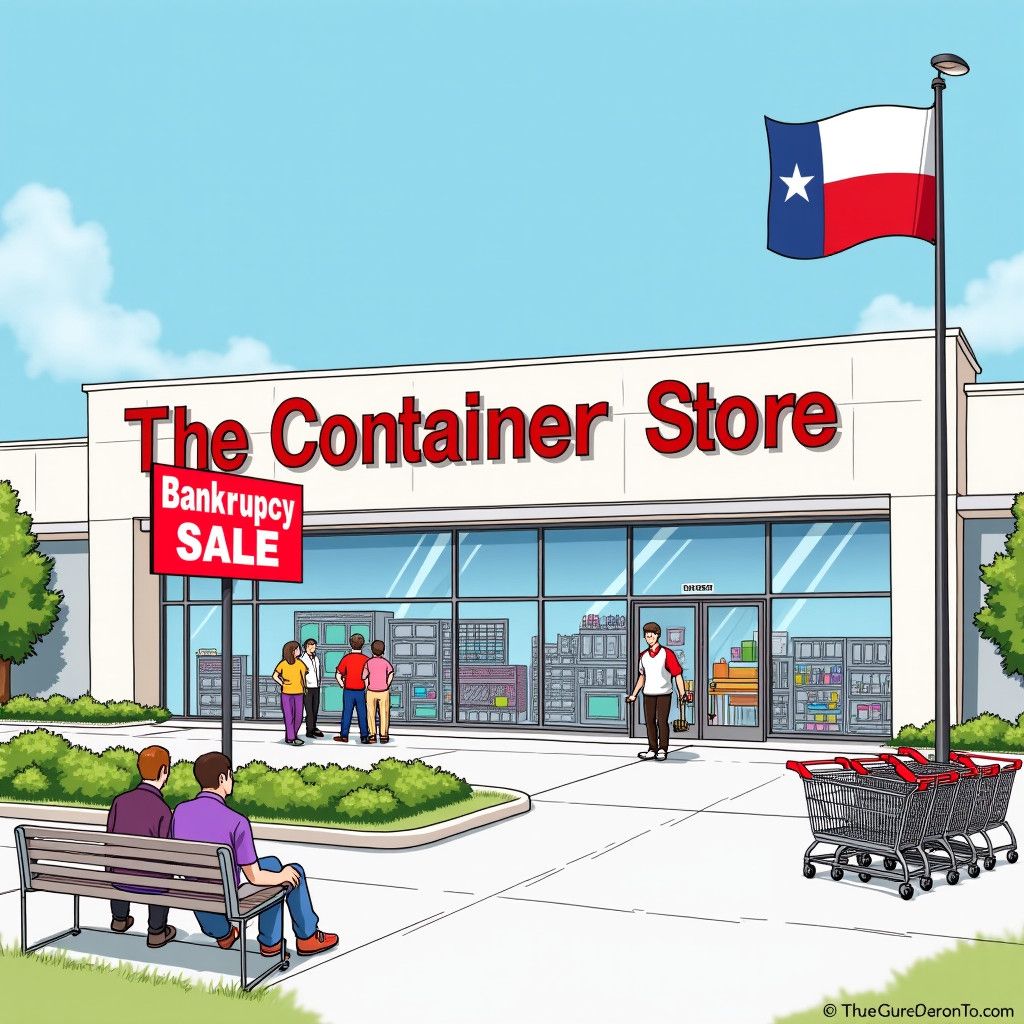The Container Store, renowned for its innovative organizational solutions, has unexpectedly found itself in the challenging position of seeking Chapter 11 bankruptcy protection. On December 22, the retailer filed papers in the Southern District Court of Texas, signaling significant changes on the horizon. Ranking No. 406 in Digital Commerce 360’s Top 1000 Database of North American online retailers, The Container Store primarily operates in the Housewares & Home Furnishings sector. Projections suggest that its online sales could reach $192.66 million in 2024, highlighting potential, even amidst difficulties.
Despite the gravity of the bankruptcy filing, CEO Satish Malhotra expresses a strong commitment to maintaining operations uninterrupted. Malhotra, who previously led efforts at beauty product retailer Sephora, reassures stakeholders that the company’s core strategy is sound. He emphasizes that The Container Store is “here to stay,” promising to honor customer deposits and orders throughout the bankruptcy proceedings. This confidence may be crucial in retaining customer loyalty during such a turbulent time.
However, the realities of The Container Store’s financial state paint a more complex picture. The company reported $243 million in debt at the time of its filing, prompting speculation about its viability. Digital sales expert and CMO of Swap, Juan Pellerano-Rendón, notes that the demand for home organization products has increasingly shifted online, with competitors like Amazon and Beyond Inc. capturing a significant portion of the market. The growing challenge is clear: retailers must adapt to the evolving landscape where consumers increasingly prefer online shopping over brick-and-mortar experiences.
The Container Store’s previous efforts to stabilize its financial position hinged on a partnership with Beyond Inc., intended to inject $40 million into the company. Unfortunately, Beyond Inc. withdrew from this deal, leaving The Container Store with few favorable options. Pellerano-Rendón suggests that this withdrawal marked a critical turning point for the retailer, asserting, “After Beyond Inc. backed out of the deal, The Container Store reached a point of no return.”
The implications of the bankruptcy filing extend beyond immediate financial concerns. Analysts believe that The Container Store may need to downsize its physical presence significantly to enhance its prospects for a sale. Additionally, as online shopping continues to dominate retail, reimagining its e-commerce strategy is essential. Pellerano-Rendón emphasizes the need for The Container Store to reinvent its digital approach, stating, “They will need to completely reinvent their approach to e-commerce to have a viable business moving forward.”
The shift to a more digital-centric model could unlock new avenues for revenue. Pellerano-Rendón suggests that collaboration with existing e-commerce giants like Amazon could provide immediate revenue streams, which would be appealing to potential buyers. Such partnerships might include third-party listings or wholesale arrangements designed to maximize product visibility and sales, which are crucial in today’s competitive environment.
The Container Store’s situation reflects broader industry trends. While the retailer is not alone in facing such difficulties—other companies like Big Lots, Conn’s, and Tupperware have also recently filed for bankruptcy—it serves as a reminder of the volatile nature of retail. The once-favorable landscape has transformed dramatically, necessitating drastic measures for survival.
Looking to the future, if The Container Store can navigate its bankruptcy proceedings while maintaining a commitment to customer service and innovation, it might emerge stronger in a different retail environment. Its legacy, founded in 1978 in Dallas, will depend significantly on its ability to adapt to shifting consumer preferences and enhance its digital footprint.
Essentially, the road ahead for The Container Store is fraught with challenges but also ripe with opportunities for transformation. For brands navigating similar hurdles, addressing e-commerce needs and repositioning products in line with consumer behavior may hold the key to continued relevance in a fast-changing retail landscape.
